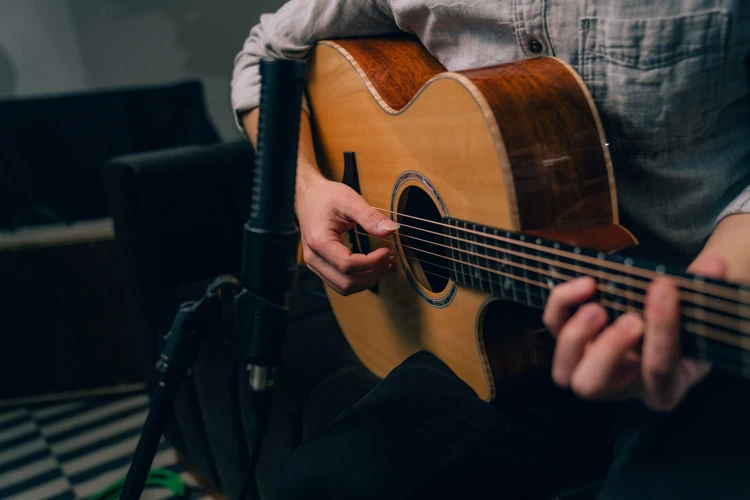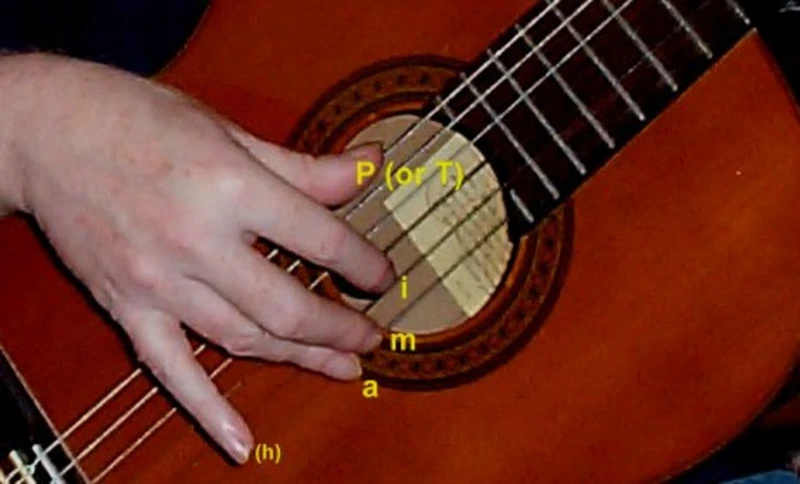Fingerstyle country music is a beloved genre, known for its intricate guitar playing and heartfelt lyrics. In this blog post, we will explore the history of fingerstyle country music, as well as provide tips and resources for mastering this beautiful style. Whether you’re a beginner or an experienced player, there’s something here for everyone.
What is Fingerstyle Country Music?
Fingerstyle country music is a type of guitar playing that involves using the fingers to pluck and strum the strings, rather than using a pick. This style is characterized by its complex finger movements and the use of a variety of techniques, such as fingerpicking, harmonics, and chord inversions. Fingerstyle country music often features a steady, rhythmic beat and a focus on melody, making it both challenging and rewarding to play.
A Brief History of Fingerstyle Country Music
Fingerstyle country music has its roots in traditional folk and blues music, and it gained popularity in the 1920s and 1930s through the recordings of artists like Jimmie Rodgers and the Carter Family. In the 1940s and 1950s, fingerstyle country music was further developed by artists like Chet Atkins and Merle Travis, who brought a more modern, polished sound to the genre. Today, fingerstyle country music is still a popular and respected style, with artists like Tommy Emmanuel and Jerry Reed continuing to push the boundaries of what’s possible on the guitar.
Getting Started with Fingerstyle Country Music
If you’re new to fingerstyle country music, the best place to start is by learning some basic fingerpicking patterns. This will help you get a feel for the rhythm and flow of the style, and it will also give you a solid foundation to build on as you learn more complex techniques. There are many great resources available for learning fingerstyle country music, including books, videos, and online lessons. Some of our favorites include:
- Fingerstyle Guitar Legends: Play Their Classic Songs and Solos
- Tommy Emmanuel’s Country Guitar School on ArtistWorks
- Jerry Reed’s YouTube Channel
Tips for Mastering Fingerstyle Country Music
Here are a few tips to help you master fingerstyle country music:
- Start slow: When learning a new fingerstyle piece, it’s important to start slow and gradually build up speed. This will help you focus on getting the finger movements and timing right, and it will also help prevent injuries.
- Use a metronome: A metronome can be a valuable tool for practicing fingerstyle country music. It will help you keep a steady tempo and it will also help you develop a sense of rhythm.
- Practice regularly: Like any skill, the more you practice fingerstyle country music, the better you will get. Try to set aside a little time each day to practice, even if it’s just for a few minutes.
- Listen to the masters: Listening to fingerstyle country music masters like Chet Atkins, Merle Travis, and Tommy Emmanuel can be a great way to learn and be inspired. Pay attention to their finger movements and techniques, and try to incorporate some of their ideas into your own playing.
Resources for Fingerstyle Country Music
Here are a few resources that can help you on your fingerstyle country music journey:
- Fingerstyle Guitar Magazine: This online magazine is dedicated to fingerstyle guitar playing and it features articles, lessons, and interviews with top fingerstyle players.
- Acoustic Guitar Forum’s Fingerstyle Guitar Forum: This forum is a great place to connect with other fingerstyle guitar players, ask questions, and share tips and resources.
- Fingerstyle Guitar Group on Facebook: This group is a community of fingerstyle guitar players who share videos, ask questions, and offer support and encouragement.
Interested in mastering fingerstyle country music? Explore our articles on fingerstyle flux in country music, best pedal effects for country music, building a pedalboard for country music, evolution of electric guitar in country music, and modern slide guitar in country music to enhance your skills and knowledge in the genre!
Conclusion
Fingerstyle country music is a beautiful and challenging style that offers endless possibilities for self-expression and creativity. Whether you’re a beginner or an experienced player, there’s always something new to learn and discover. We hope this blog post has provided you with a good starting point for your fingerstyle country music journey, and we wish you all the best as you explore this wonderful genre.



